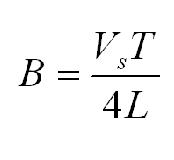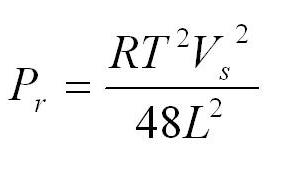This post describes two types of servo amplifiers used to drive DC and brushless DC servo motors: linear and pulse-width-modulated (PWM) servo amplifiers.
Linear servo amplifiers apply the full voltage across the power transistors which results in high power dissipation and higher heating. For this reason, linear servo amplifiers are typically used in applications requiring less than 100 watts or when switching cannot be tolerated in applications. PWM servo amplifiers switch the voltage across the power transistors off-and-on so that the required average voltage is achieved. This results in less power dissipation and more efficiency making PWM servo amplifiers much more common than linear amplifiers.
The two common approaches for switching in PWM amplifiers are the bipolar and unipolar methods. The bipolar method has the advantage of being more linear around zero voltage but has the disadvantage of requiring both plus and minus supply voltages to be used.
The effect of the switching on the current waveform is analyzed and the resulting worst-case ripple on the current waveform for the bipolar method with a 50% duty cycle is found to be:
Where:
B – Peak-to-peak current variation
Vs – Supply voltage
T – Switching period
L – Armature inductance
Such current waveform ripples add to the winding losses in the servo motor. The added losses equal,
Where:
Pr – Added power losses in watts
R – Armature resistance
Additional information and equations can be found in Galil’s on-line, audio/visual tutorial titled “Servo Amplifier Basics”



